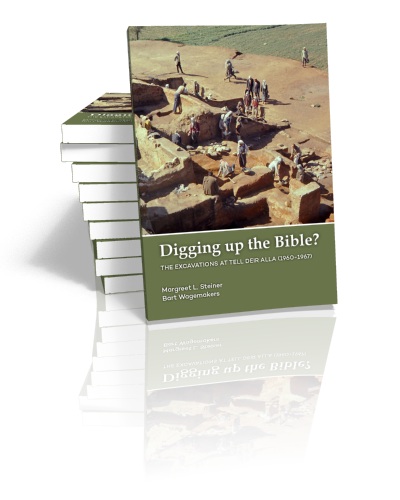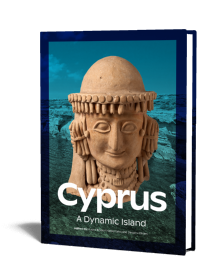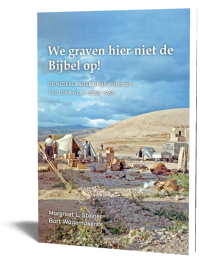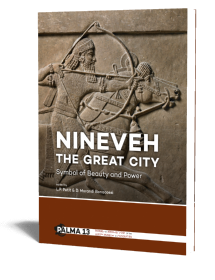Abstract:
This is the account of a remarkable excavation. It started with a modest dig on an unremarkable tell in Jordan. The name of the tell does not occur in the Bible, and no ancient town of any importance was to be expected under the rubble. The excavator Henk Franken had not yet made a name for himself within the archaeological community.
And yet, from 1960 onwards history was being (re)written at Tell Deir Alla. To discover the secrets of the tell, the expedition team defied cold, rain and stormy winds for months on end, sleeping in rattling tents and working long days on the tell and in the camp. And with success! A meticulous yet efficient excavation method was introduced, the already tenuous relationship between Bible and archaeology was further exacerbated, and the study of excavated pottery was given a scientific basis. The name Deir Alla became an international benchmark for modern scientific research, for prompt publication of the remarkable finds and for independent interpretation of the excavation results.
The story of the excavations at Tell Deir Alla in the 1960s have never been told in any detail, and the excavation results have mostly been published in scholarly books and journals which are difficult to access. This book hopes to remedy that. It recounts the story of the first ten years of the project, from 1959 when funding for the project was sought, until 1969 when the first report was published. The first section describes the organization of the project before the expedition team went out into the field. The second part takes the reader to the actual field work and describes the occupation history of the tell. The story is illustrated by numerous photographs and plans, many of which are being published for the first time.
Ook verkrijgbaar in het Nederlands: We graven hier niet de bijbel op!
Contents
Prologue
Chapter 1. Excavating in Jordan
The Hashemite Kingdom of Jordan
The East Jordan Valley
Tell Deir Alla
The tent camp
Chapter 2. From theologian to archaeologist
From theologian to archaeologist
Tell es-Sultan: a source of archaeological inspiration
From Tell es-Sultan to Tell Deir Alla
Sailing his own course…
Chapter 3. This is how you organise a dig!
Start of the organisation in the homeland
The organisation in Jordan
Chapter 4. The pickaxe hits the soil
1960 – Start of the expedition
1961 – A difficult but successful excavation season
1962 – An intermediate season
1964 – Excavation of the temple
1967 – A new start
Chapter 5. The story of the inhabitants
Farmers in the Chalcolithic period
Trade in the Middle Bronze Age
Life around the Late Bronze Age temple
Bronze smiths in the Early Iron Age
A village on the crossroads
Mourning on the tell
Epilogue


Dr.
Margreet L. Steiner
Margreet L. Steiner is an archaeologist with a special interest in the Southern Levant. In cooperation with Henk Franken she published Kathleen Kenyon’s excavations in Jerusalem and for many years has conducted archaeological research in Israel, Jordan, Syria and Lebanon. Working for several excavations seasons at Tell Deir Alla as a site supervisor and area supervisor has provided her with an intimate knowledge of the site.
read more

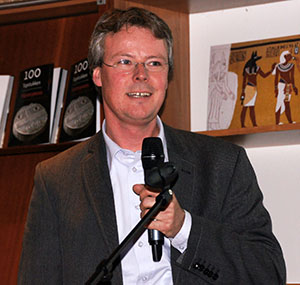
Drs.
Bart Wagemakers
Bart Wagemakers is lecturer in Ancient and Religious History at the Institute Archimedes, University of Applied Sciences Utrecht, and has an interest in the history of archaeology. He is the coordinator of the Non-Professional Archaeological Photographs project (www.npaph.com), which aims to preserve documentation of past archaeological campaigns and to make it accessible to the public via digital archives and publications.
read more

